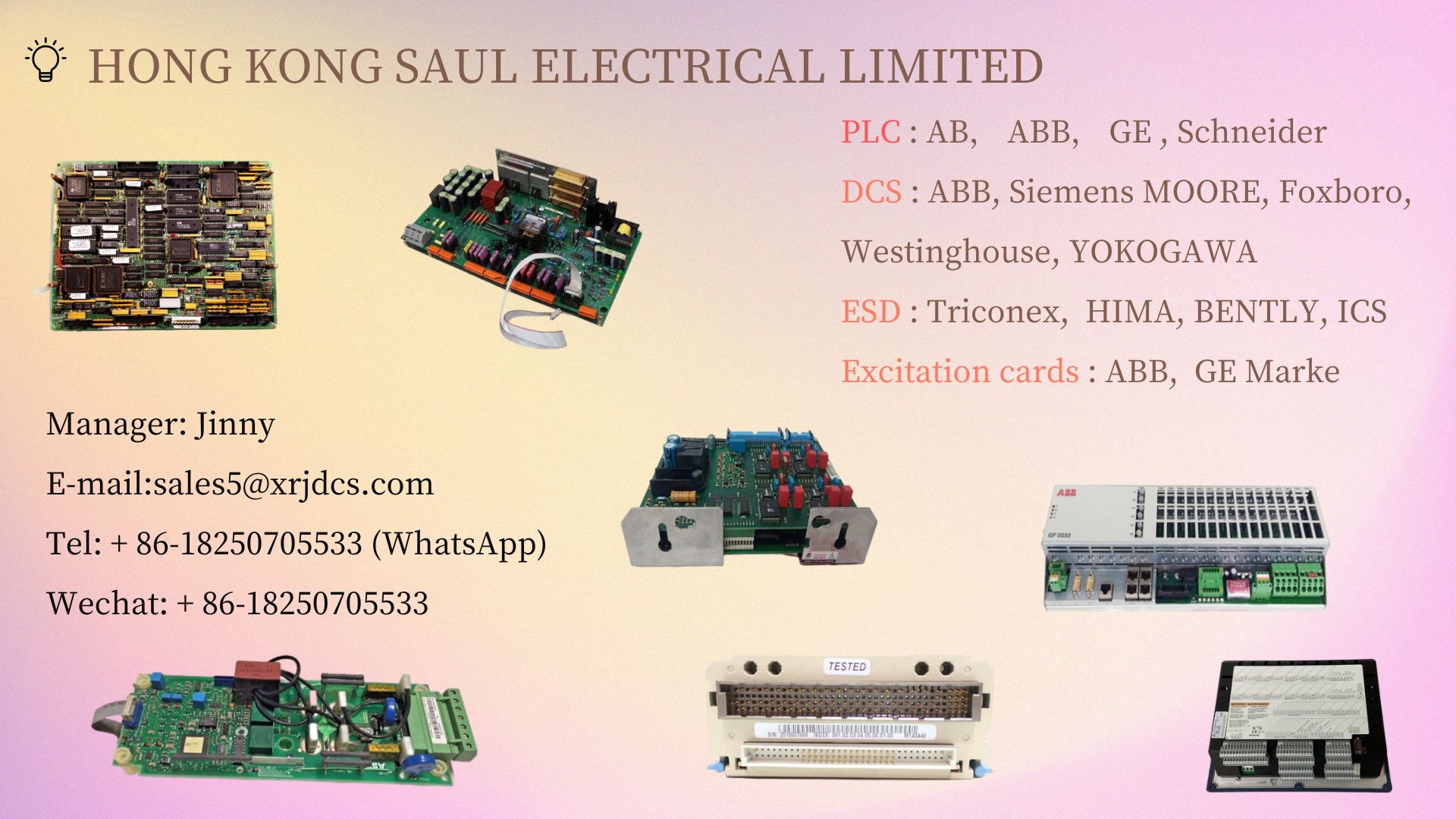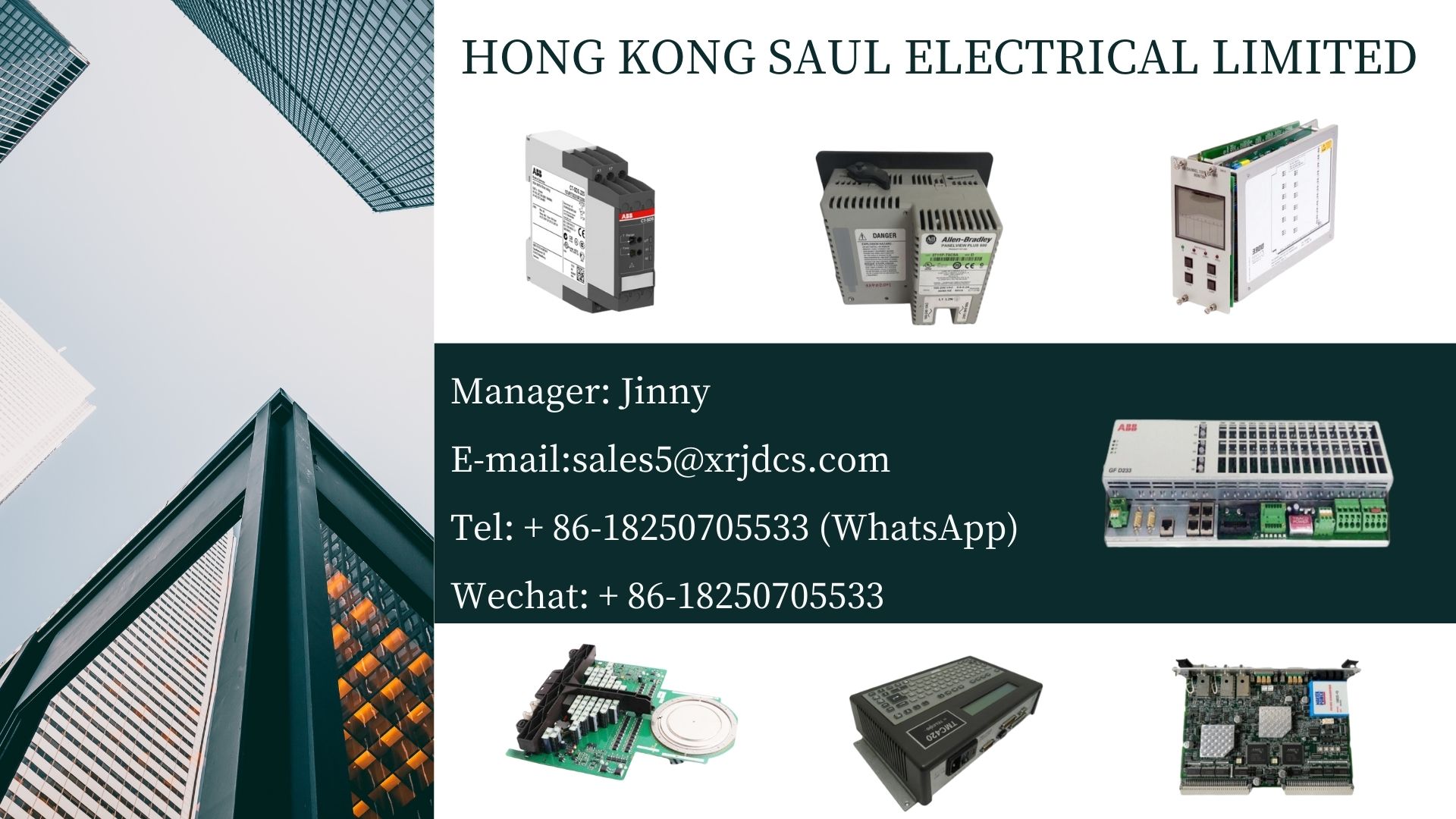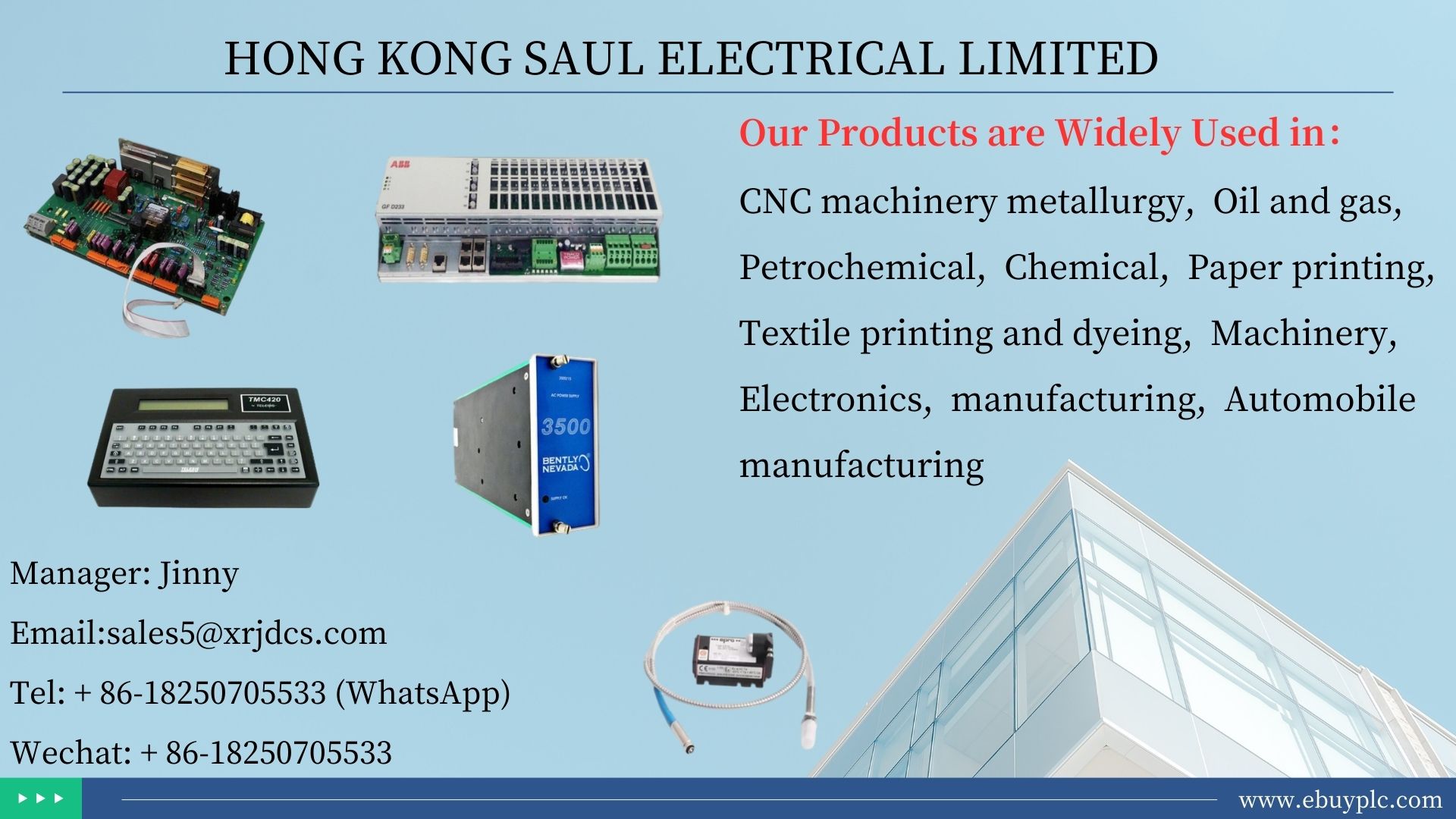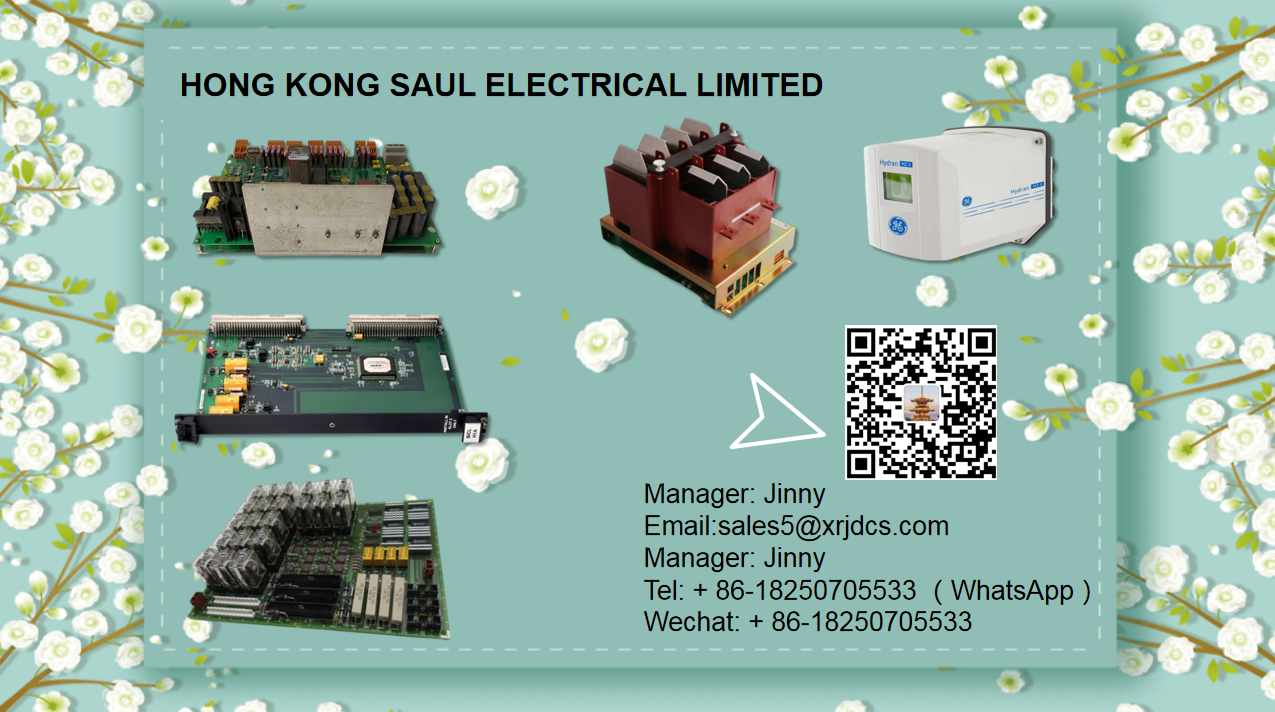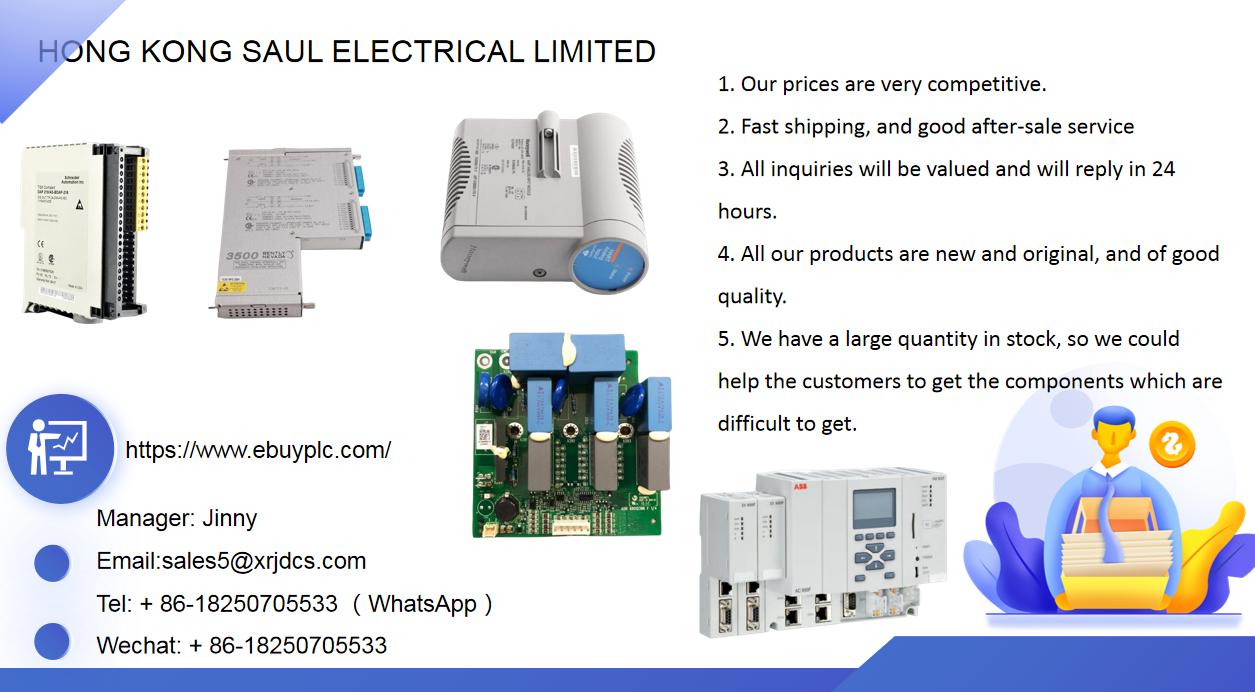0102030405
Eight Steps of PLC Selection that Electricians Must Not Know
2023-12-08
The level of system design will directly affect the performance of control system and the reliability of equipment. Among them, the selection of PLC is very important. How to select the appropriate PLC according to different control requirements and design a control system that is stable, reliable, safe, practical, convenient for debugging and easy to maintain?
In the PLC system design, the system scheme should be determined first, and the next step is the design and selection of PLC. The selection of PLC is mainly to determine the manufacturer of PLC and the specific model of PLC. For the system scheme, distributed system and remote I/O system are required, and the requirements for networked communication should also be considered. How to select PLC? The author believes that there should be the following aspects.
1、 The selection of PLC manufacturer shall mainly consider the requirements of equipment users, the familiarity and design habits of designers with different manufacturers' PLCs, the consistency of supporting products, technical services and other factors. Considering the reliability of PLC itself, in principle, as long as it is the product of a large foreign company, there should be no problem of poor reliability.
The author personally believes that, generally speaking, for the occasion of controlling independent equipment or simple control systems, supporting Japanese PLC products has certain advantages in cost performance. For the distributed control system and remote I/O system with large system scale and high requirements for network communication function, the PLC produced in Europe and America has more advantages in network communication function.
In addition, for some special industries (such as metallurgy, tobacco, etc.), mature and reliable PLC systems with operating performance in relevant industries should be selected.
2、 Estimation of input/output (I/0) points
The number of input/output points of PLC is one of the basic parameters of PLC. The determination of I/O points shall be based on the sum of all input/output points required by the control equipment. In general, the I/O point of PLC should have an appropriate margin. Generally, the input and output points are estimated based on the statistical input and output points, and the expandable margin of 10%~20% is added. During actual ordering, the input and output points shall be adjusted according to the product characteristics of the manufacturer's PLC.
3、 Estimation of PLC Memory Capacity
Memory capacity refers to the size of the hardware storage unit provided by the programmable controller itself. The memory capacity of various PLCs can be found in the basic parameter table of the PLC. For example, the user program storage capacity of Siemens S7-314 PLC is 64KB, and the user program storage capacity of S7-315-2DP PLC is 128KB. The program capacity is the size of the storage unit used by the user program in the memory, so the memory capacity should be greater than the program capacity. At the design stage, as the user application has not been prepared, the program capacity needs to be estimated.
How to estimate the program capacity? Different formulas have been given in many literature materials. Generally, 10~15 times the number of digital I/O points and 100 times the number of analog I/O points are used as the total number of words in the memory (16 bits are a word). In addition, 25% of this number is considered as the margin.
4、 Selection of PLC communication function
Now the communication function of PLC is becoming more and more powerful. Many PLCs support a variety of communication protocols (some need to be equipped with corresponding communication modules). When selecting, you should choose the appropriate communication mode according to the actual needs.
The main forms of communication network of PLC system are as follows: (1) PC is the master station and multiple PLCs of the same model are slave stations to form a simple PLC network; (2) One PLC is the master station, and other PLCs of the same model are slave stations, forming a master-slave PLC network; (3) The PLC network is connected to the large DCS as a subnet of DCS through a specific network interface; (4) Dedicated PLC network (dedicated PLC communication network of each manufacturer).
To reduce CPU communication tasks, communication processors with different communication functions (such as point-to-point, field bus, industrial Ethernet, etc.) shall be selected according to the actual needs of network composition.
5、 Selection of PLC model
Type of PLC: PLC is divided into integral type and modular type according to structure; The integral PLC has less I/O points and is relatively fixed, so the user has less choice. It is usually used in small control systems. This type of PLC is represented by S7-200 series of Siemens, FX series of Mitsubishi, CPM1A series of Omron, etc.
Modular PLC provides a variety of I/O modules that can be plugged into the PLC base plate, so that users can reasonably select and configure the I/O points of the control system according to their needs. Therefore, the configuration of modular PLC is flexible, and it is generally used in large and medium-sized control systems. For example, S7-300 series and S7-400 series of Siemens, Q series of Mitsubishi, CVM1 series of Omron, etc.
6、 Selection of I/O modules
(1) Selection of digital input/output module:
The selection of digital input and output modules shall consider the application requirements. For example, for input modules, application requirements such as input signal level and transmission distance shall be considered. There are also many kinds of output modules, such as relay contact output type, AC120V/23V bidirectional thyristor output type, DC24V transistor driven type, DC48V transistor driven type, etc.
Generally, the relay output module has the advantages of low price and wide voltage range, but its service life is short, response time is long, and surge absorption circuit needs to be added when it is used for inductive load; The bidirectional thyristor output module has a fast response time, which is suitable for frequent switching and inductive low power factor loads, but it is expensive and has poor overload capacity.
In addition, I/O modules can be divided into 8 points, 16 points, 32 points and other specifications according to the number of I/O points, which should be reasonably equipped according to the actual needs.
(2) Selection of analog input/output module: analog input module can be divided into current input type, voltage input type, thermocouple input type, etc. according to the input signal type of analog quantity. The current input type usually has a signal grade of 4~20mA or 0~20mA; Voltage type input modules usually have signal levels of 0~10V, - 5V~+5V, etc. Some analog input modules can be compatible with voltage or current input signals.
The analog output module is also divided into voltage type output module and current type output module. The current output signal usually has 0-20mA and 4-20mA. Voltage type output signals usually include 0~10V, - 10V~+10V, etc.
The analog input and output module can be divided into 2 channels, 4 channels, 8 channels and other specifications according to the number of input and output channels.
7、 Functional module
The functional modules include communication module, positioning module, pulse output module, high-speed counting module, PID control module, temperature control module, etc. The possibility of matching functional modules shall be considered when selecting PLC. The selection of functional modules involves both hardware and software.
In terms of hardware, first of all, it should be considered that the functional module can be conveniently connected to the PLC, and the PLC should have relevant connections, installation locations and interfaces, connecting cables and other accessories. In terms of software, PLC shall have corresponding control functions, which can facilitate the programming of functional modules. For example, Mitsubishi's FX series PLC can conveniently control the corresponding functional modules through the "FROM" and "TO" commands.
8、 General principles
After the PLC model and specification are generally determined, the basic specifications and parameters of each component of the PLC can be determined one by one according to the control requirements, and the model of each component module can be selected. The following principles should be followed when selecting module models.
(1) Convenience: Generally speaking, as a PLC, there are many kinds of modules that can meet the control requirements. The selection should be based on the principle of simplifying the circuit design, facilitating the use, and minimizing the number of external controllers. For example, for the input module, the input form that can be directly connected with the external detection element shall be preferred to avoid the use of interface circuit. For the output module, the output module that can directly drive the load shall be preferred, and the intermediate relay and other components shall be minimized.
(2) Universality: When selecting the model, consider the unity and universality of PLC modules to avoid too many types of modules. This is not only conducive to procurement and reduction of spare parts, but also can increase the interchangeability of various components of the system, providing convenience for design, commissioning and maintenance.
(3) Compatibility: When selecting each component module of PLC system, full consideration shall be given to compatibility. In order to avoid the problem of poor compatibility, the manufacturers of the main components of the PLC system should not be too many. If possible, try to choose products from the same manufacturer.


